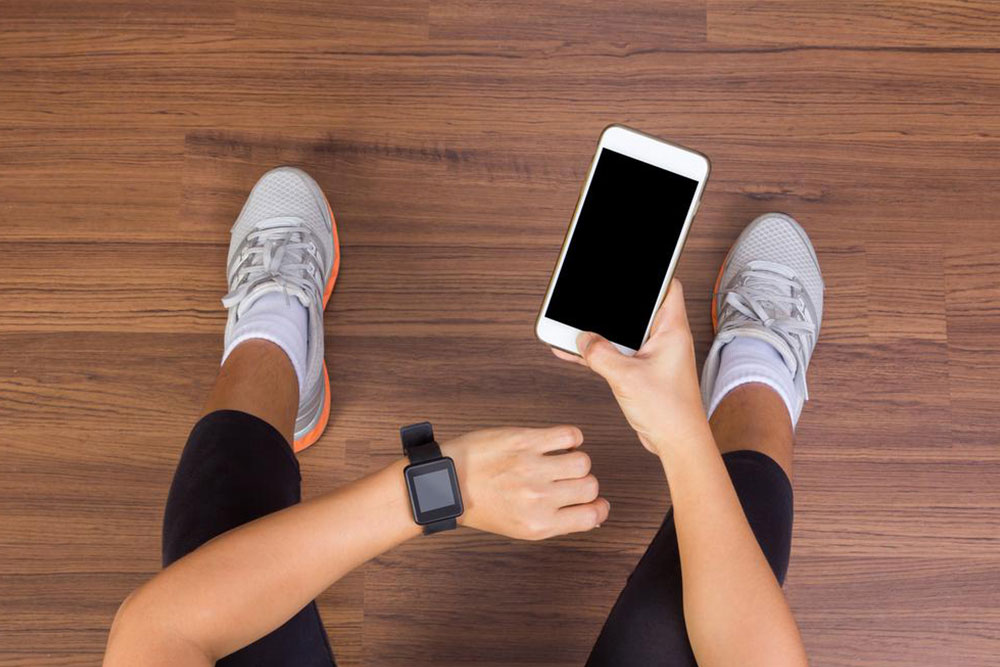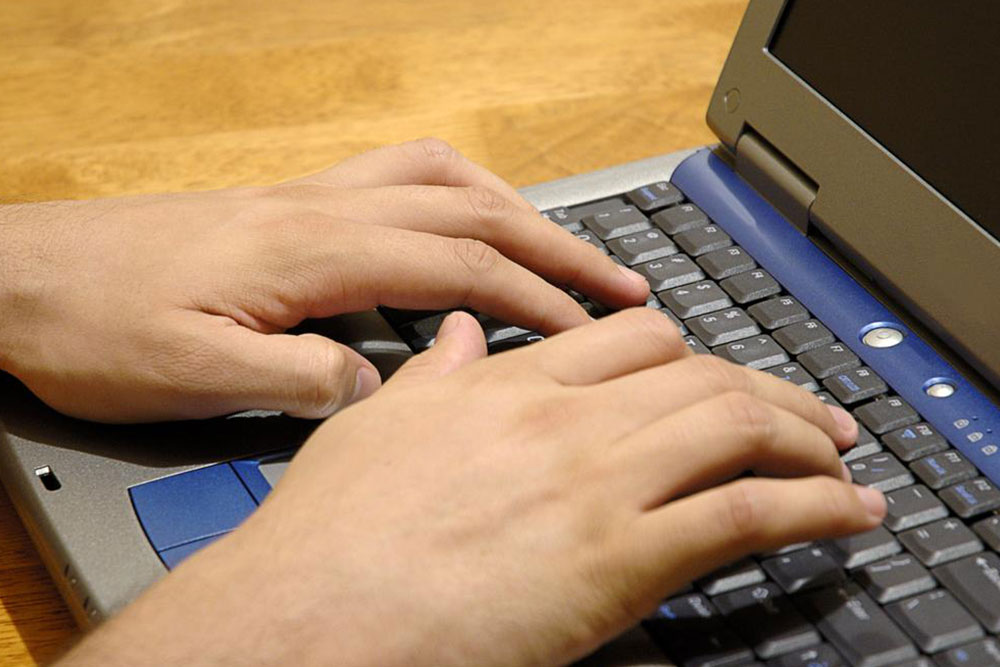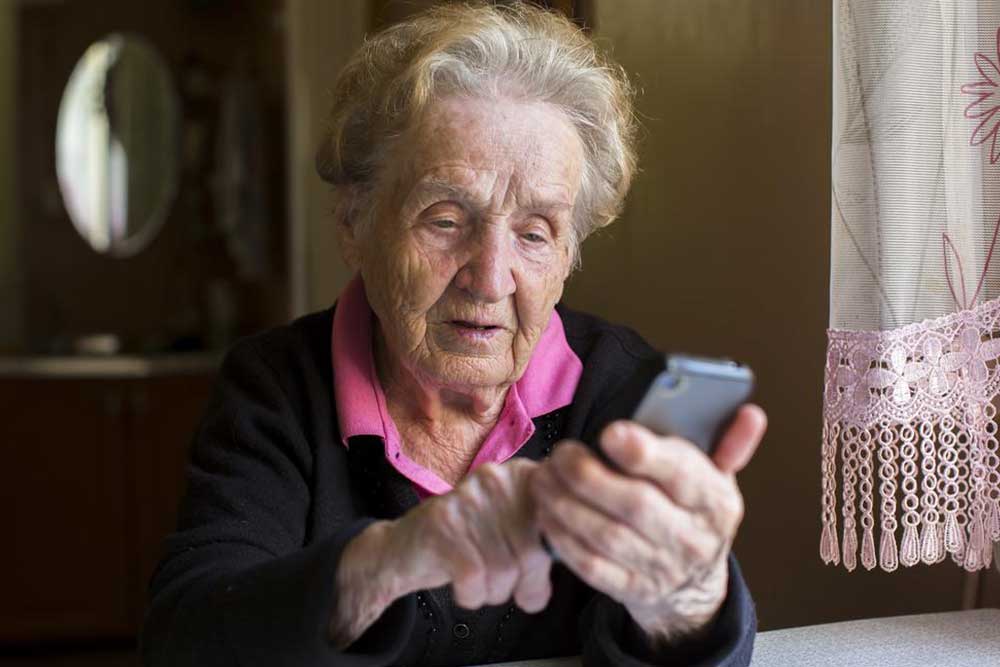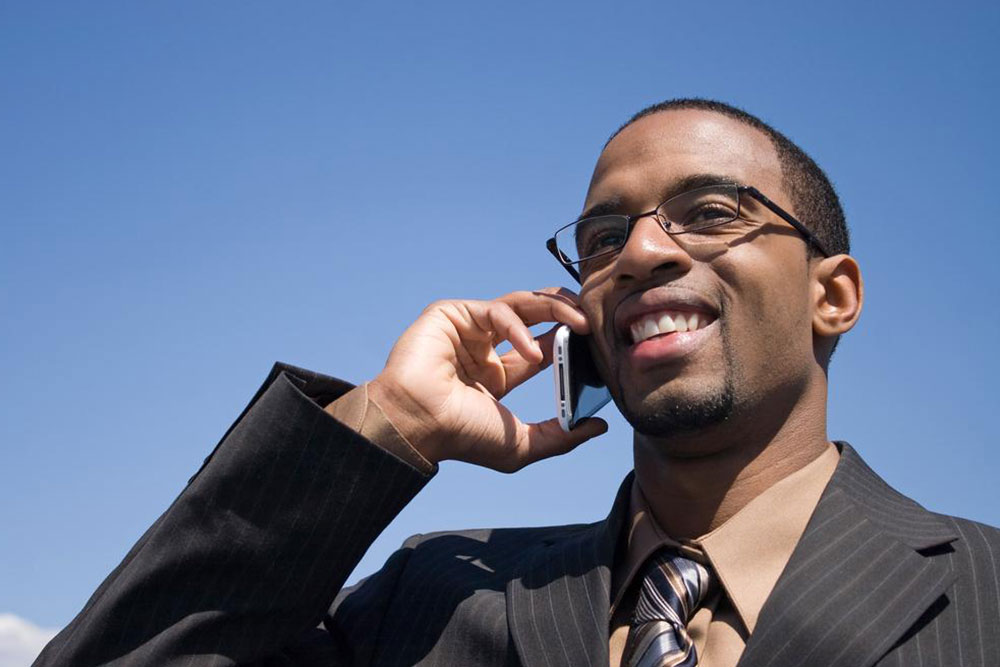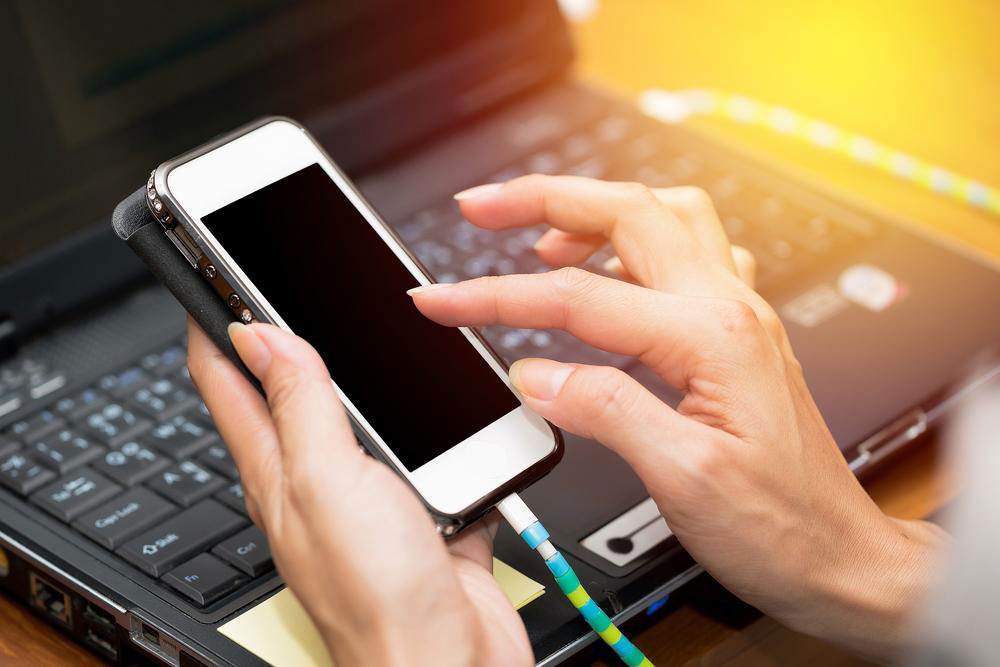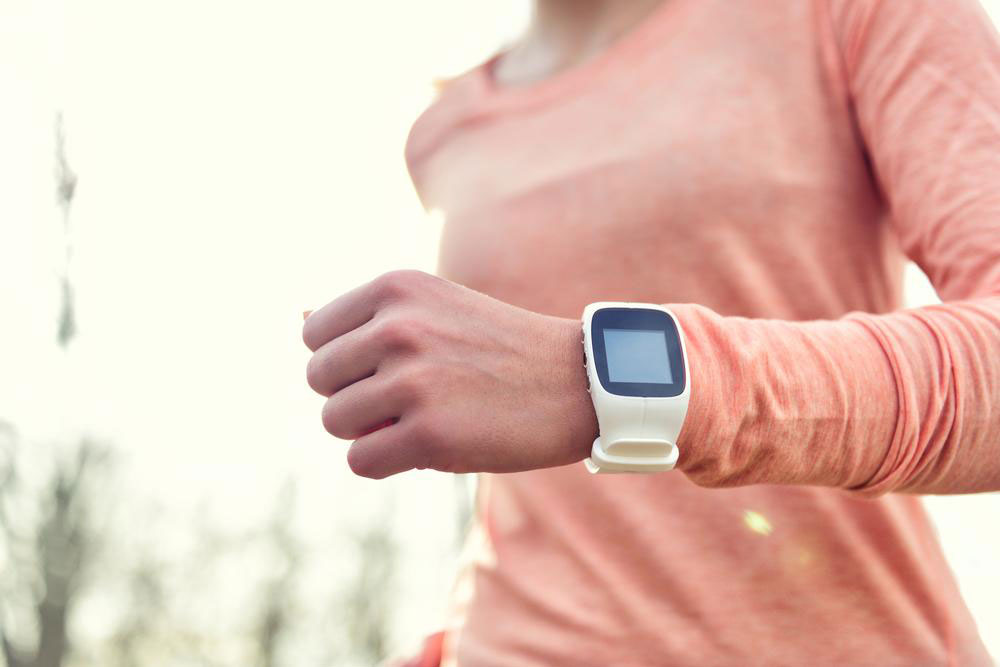Understanding the Low-Income Free Cell Phone Program
Discover the essentials of the low-income free cell phone program, officially known as Lifeline Assistance. Learn how it supports Americans with free phones, calls, and data, helping millions stay connected for employment, health, and emergency needs. Eligibility varies by state, with many providers participating nationwide. Over 20 million have already benefited from this vital program, aimed at bridging the digital gap for low-income families.
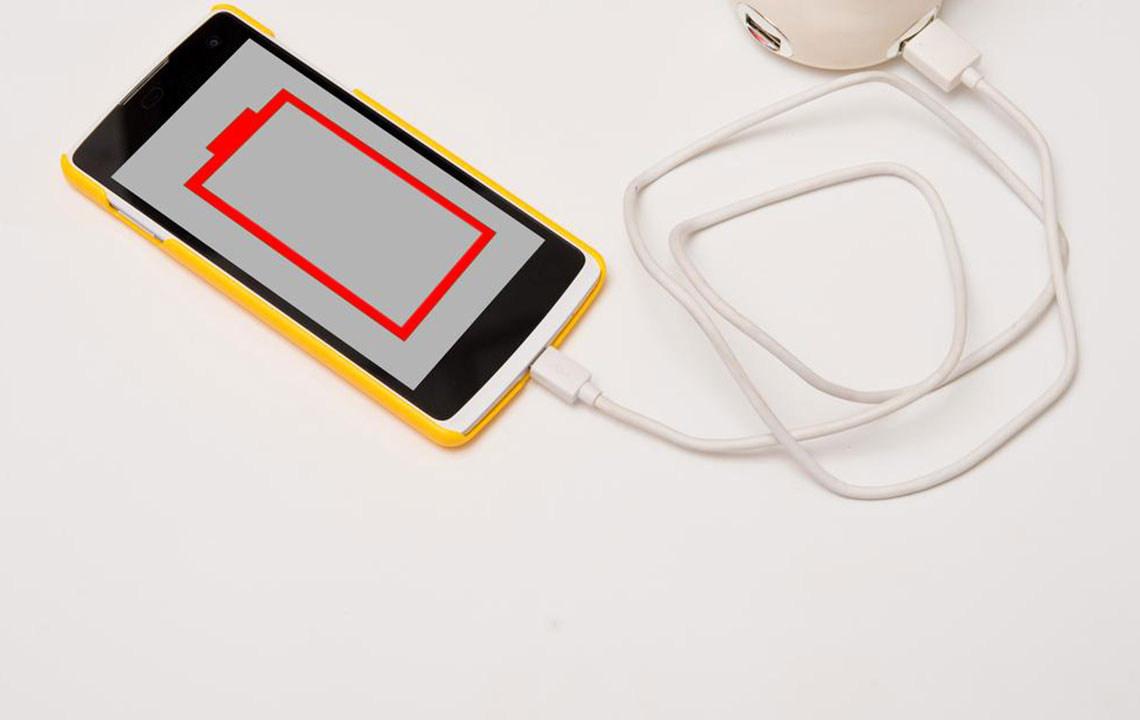
Understanding the Low-Income Free Cell Phone Program
There is a government-supported initiative providing free cell phones to qualifying low-income Americans. Contrary to misconceptions, this is not a new product from a celebrity or politician, but a vital assistance program. So, what exactly is this offer, and what services does it include?
What is this free cell phone program?
It’s a federally funded scheme designed to support financially disadvantaged Americans by providing free mobile devices, voice calls, and text messages. Recent updates have increased data allowances, with service providers adding hundreds of megabytes of internet data. The program gained prominence during Barack Obama’s presidency, earning the nickname "Obama phone".
The initiative is officially known as the Lifeline Assistance program, though popularly called the Obama phone.
Goals of the program
The primary aim is to assist low-income individuals who cannot afford mobile devices, thereby enabling them to:
Secure employment opportunities through better communication
Access health services and reduce public healthcare costs
Make emergency calls quickly and reliably
Stay connected with family and loved ones
Participating telecom providers
Several regional companies, such as I-Wireless, Cintex Wireless, Assist Wireless, and others, participate specifically to serve their communities. Larger providers, including Assurance Wireless, Safelink Wireless, and ReachOut Wireless, also deliver services nationwide.
Eligibility requirements vary by state, but generally include meeting income thresholds or participation in government assistance programs. Over 20 million Americans have benefited from this initiative, with millions more expected as awareness grows.
Note:
Our website offers diverse resources and insights across different topics. While our articles are researched thoroughly, they shouldn't be considered definitive. We are not responsible for discrepancies or updates found elsewhere. Readers are encouraged to explore other schemes and offers that may suit their needs better than those covered here.


